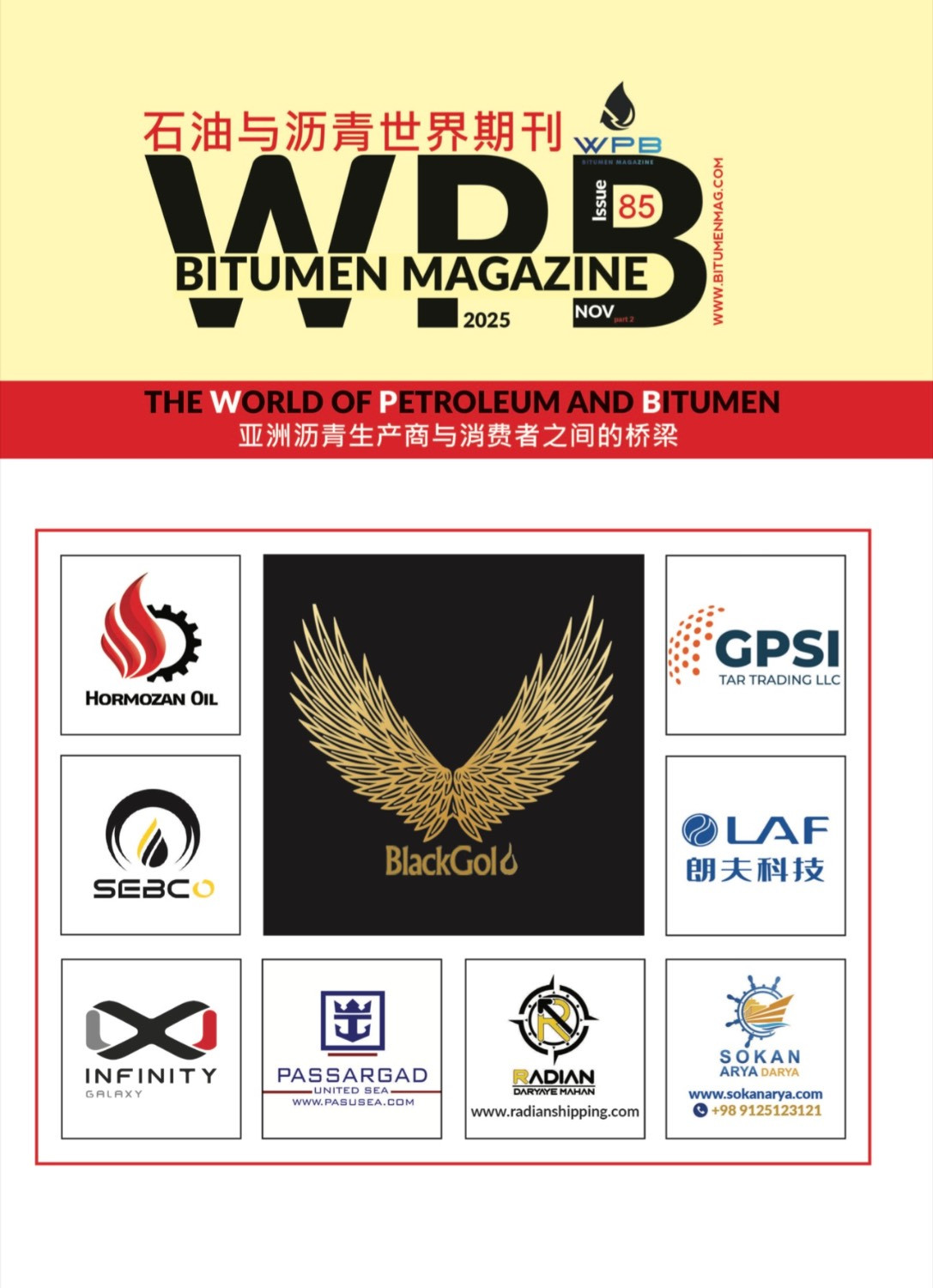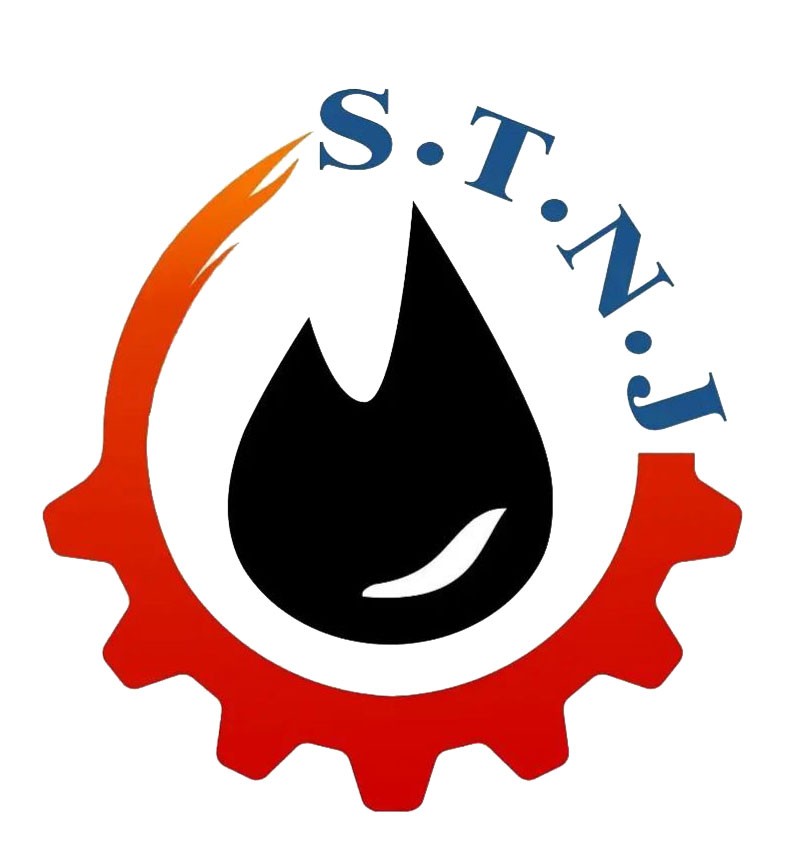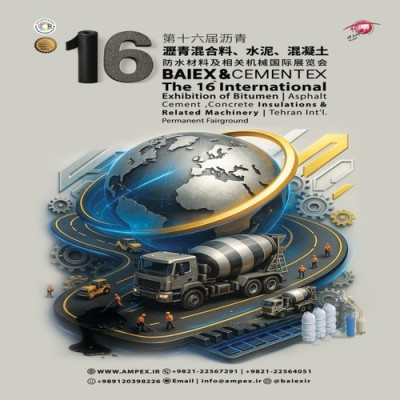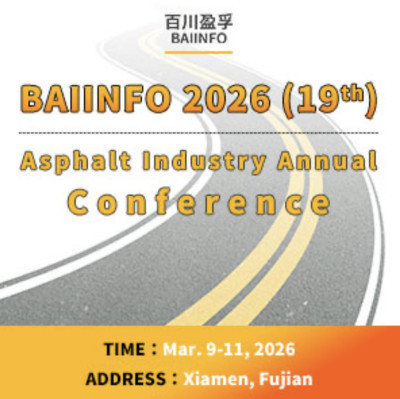According to WPB, the story of bitumen is as ancient as civilization itself—used in Babylonian construction, Egyptian mummification, and Persian waterproofing. Yet in the twenty-first century, this black, viscous substance has entered an entirely new era: the era of intelligence. Artificial intelligence (AI), with its capacity to perceive patterns in massive datasets, is revolutionizing how we understand, test, and optimize bitumen across all stages of its life cycle—from refinery to road performance. The silent material beneath our feet is now being studied not just as a chemical or physical compound but as a complex, data-rich system that can be modeled, predicted, and even improved autonomously.
Bitumen, in essence, is a microcosm of complexity. Its composition involves thousands of hydrocarbon molecules with varying polarity, weight, and reactivity. Traditional testing methods, such as penetration or softening point, give only a limited snapshot of its properties. They cannot predict how bitumen will perform under dynamic stresses, oxidative aging, or abrupt temperature fluctuations. This is where AI, particularly machine learning and deep learning, begins to reshape the rules. By analyzing multidimensional datasets from rheological tests, microscopy, spectroscopy, and climatic monitoring, algorithms can reveal hidden correlations that human intuition could never perceive.
For instance, supervised learning models such as random forests and gradient boosting have demonstrated remarkable success in predicting key performance indices like rutting resistance, fatigue life, and thermal cracking potential. Instead of months of experimental trials, engineers can now simulate thousands of virtual formulations in silico—optimizing polymer modifications, aggregate interactions, and temperature sensitivity in a fraction of the time. Deep neural networks, trained on diverse climatic data and binder compositions, can even suggest which grade—say, a modified 60/70 versus a rejuvenated 80/100—will yield the best balance between stiffness and elasticity under a specific set of regional conditions.
But AI’s role extends far beyond predictive analytics. It is also transforming the microscopic understanding of bitumen aging. Researchers are employing convolutional neural networks (CNNs) to classify micro-images of bitumen morphology and detect early oxidative micro-cracking long before it becomes visible. Reinforcement learning models are being used to develop self-adjusting heating protocols in asphalt plants, minimizing fuel use while maintaining optimal binder homogeneity. AI-driven optimization algorithms are fine-tuning the dosage of rejuvenators and nanomaterials to achieve sustainability without sacrificing performance.
One of the most striking examples of AI’s integration with bitumen science is the emergence of digital twins for pavements. A digital twin is a virtual replica of a real-world road section, continuously updated with sensor data—temperature, strain, vibration, and moisture. Using AI models, these twins predict how the underlying bitumen layer will degrade, how voids evolve, and when maintenance will be needed. This approach transforms infrastructure management from reactive to predictive: the road “tells” engineers when it is about to fail. Governments in Asia and Europe have already begun integrating AI-based twin models into large-scale highway systems, saving millions in premature rehabilitation costs.
Another promising direction is the fusion of AI with spectroscopy and molecular simulations. By feeding spectral fingerprints from FTIR, Raman, and NMR into neural networks, scientists can estimate the degree of oxidation or polymer degradation within seconds. This means that quality control, once reliant on slow lab work, can now happen in real time, directly at asphalt mixing plants. Such advances open the door to the concept of intelligent bitumen plants—facilities where AI systems monitor, adjust, and certify bitumen batches autonomously, ensuring consistent performance across production cycles.
From an environmental perspective, AI also plays a critical role in reducing the carbon footprint of bitumen-based pavements. By analyzing data from recycling processes, traffic loads, and energy consumption, AI can identify the most energy-efficient combinations of recycled asphalt pavement (RAP) content and rejuvenator type. It can recommend when and how to reclaim old binders while preserving mechanical integrity. This not only minimizes waste but aligns the entire asphalt industry with global sustainability goals. In effect, the intelligence embedded in algorithms is guiding the transition from a carbon-heavy to a circular economy in bitumen use.
Beyond production and design, the in-service behavior of bitumen is another frontier of AI exploration. Embedded sensors now collect continuous data on pavement temperature, stress, and humidity. AI models process this data to detect anomalies such as moisture-induced stripping or thermal cracking. These “smart roads” no longer passively endure the environment—they interact with it, adaptively responding to changing loads or weather. Imagine a highway that predicts its own deterioration and schedules maintenance before potholes form; that is no longer science fiction but a rapidly approaching reality.
However, integrating AI into bitumen research and road management also introduces new challenges. Data heterogeneity remains a significant issue—test methods, sampling conditions, and regional variations often create noisy datasets. Moreover, most AI models operate as “black boxes,” making it difficult for engineers to interpret why a certain prediction is made. This has spurred the rise of explainable AI (XAI) in the bitumen domain. XAI seeks to provide human-readable reasoning, bridging the gap between computational prediction and engineering intuition. With this, decision-making becomes both data-driven and transparent.
Ethical and logistical considerations also emerge. The adoption of AI in construction demands vast sensor networks and data storage, raising concerns about cost, privacy, and data security. But as cloud-based systems become cheaper and edge computing advances, even developing nations are beginning to adopt AI-enabled road management. Pilot projects in India, Malaysia, and the UAE show that combining AI with local environmental data significantly improves pavement performance and reduces lifecycle costs.
Ultimately, the synergy between AI and bitumen represents a paradigm shift. It moves road engineering from empirical tradition toward scientific precision, from reactive maintenance toward predictive resilience, from static materials toward adaptive intelligence. The once-inert black binder now becomes part of a living, learning system—a road network that senses, thinks, and evolves with time.
The road of the future is not merely paved with asphalt—it is paved with information, powered by algorithms, and sustained by intelligence. Bitumen, reimagined through the lens of AI, will not just hold stones together; it will hold together the future of sustainable mobility.
By WPB
News, Bitumen, AI, Artificial Intelligence, Asphalt




















